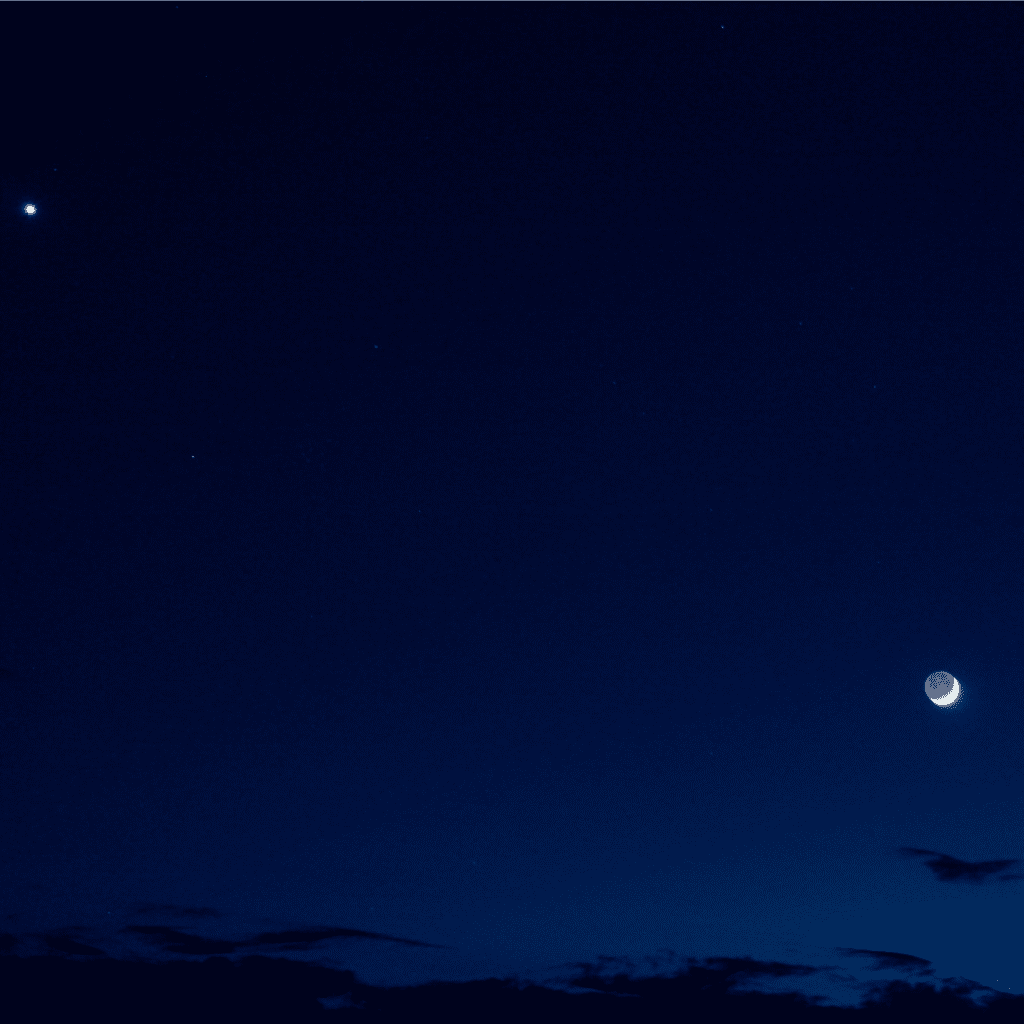

The timeless, romantic gesture of stargazing is one that is simple, yet never done. This intimate and cosy activity is convenient, easy and free to do, yet no one seems to be hopping on the bandwagon.
We thought this might be due to the fact that few people really know what they are looking at in the night sky. Whilst oblivious wonder is a strong emotion, it’s bound to make your chest puff up when you can actually share some interesting facts with that special someone at the same time. And, while the Milky Way stretches far and wide, it’s intimate stargazing moments like these that scream: “I love you!”
Sweep the love of your life off their feet when you tell them exactly what makes a star, a star. In a simple definition, our sun is a star. Basically, a star is a giant ball of hot, burning gas that emits light. They burn for millions to trillions of years with hydrogen and helium at their centre.
Each star shines at different brightness, depending on how many lightyears away they are. However, what you might not have realised, is that stars – like the moon – are always in the sky, but only visible at night. The light we see from stars has travelled for millions of lightyears to reach earth. Often, the shimmer we spot comes from a star that does not even exist anymore.
Science only quells the curiosity, though and not necessarily the longing in our hearts. There is nothing romantic about a glowing ball of hot gas, yet stargazing is a love gesture as big as they come. Stars represent hope, guidance and fate. In fact, it’s in stars’ spiritual meanings that romance starts to ignite.

This Valentine’s Day, we propose you set out a picnic blanket in your garden, pour two glasses of wine and have yourself a romantic stargazing evening. The forecast for the evening of 14 February 2025 seems to be in your favour, with a cloudless night and clear skies. Those in an urban environment like Johannesburg might have limited visibility due to air and light pollution. Maybe take a trip to the outskirts of town or to a neighbouring city like Pretoria to fully indulge in the magic of the stars.
Here are some famous constellations and notable stars that are easy for beginners to spot:
As a sure guidance beacon for travellers and explorers in the Southern Hemisphere, the Southern Cross is part of the greater constellation, Cruz. Essentially, the stars forming the vertical line point directly to the South Pole. The southern most star is Acrux, whilst Gacrux is the farthest north. Mimosa and Imai form the crossbeam, from left to right.
Sometimes only visible in the Southern Hemisphere, Alpha Centauri is the closest star system to our sun, sitting just four lightyears away. Three stars make up this constellation, but the human eye can only see two. Look for a bright star near the left of the Southern Cross, and you will have found Alpha Centauri A and B.
One of the grandest constellations of all time, as titled by astronomers, is Orion The Hunter. Three bright stars make up Orion’s Belt. Beneath the belt sits three stars in a vertical line known as Orion’s Sword. Lastly, Orion Nebula is not always visible to the naked eye, as it is just a fuzzy patch of light. However, this is where stars are born, which makes it a divine wonder to witness.
One of the brightest stars in the night sky is Sirius, which is the leader of the constellation, Canis Major The Great Dog. This star is actually a binary system, consisting of two stars. However, only the one is visible to the human eye, as the other is far too dim to light up the sky. Sirius is nearly twice the size of the sun and burns just over eight lightyears away. Find Orion’s Belt, imagine it eight times to the left and you will spot a bright blue-white star: Sirius A.
Spectacularly, astronomers are saying Venus, a planet named after the Roman goddess of love, will be brightest on Valentine’s Day this year. Known as the evening star, it is the first visible celestial body in the night sky. It will start to show itself during sunset, just above the horizon. Whilst Venus is not a star, but a planet, it is still a stargazer’s dream.

Even if you cannot spot all these stars in the dark expanse of the night sky, you will have a good laugh trying. Stargazing is more about being cuddled together under a blanket of stars in the absence of technology, looking at the wonders of the universe next to the person you love most.
Stay up-to-date on the hottest, hippest and most happening things to do in Mzansi!
